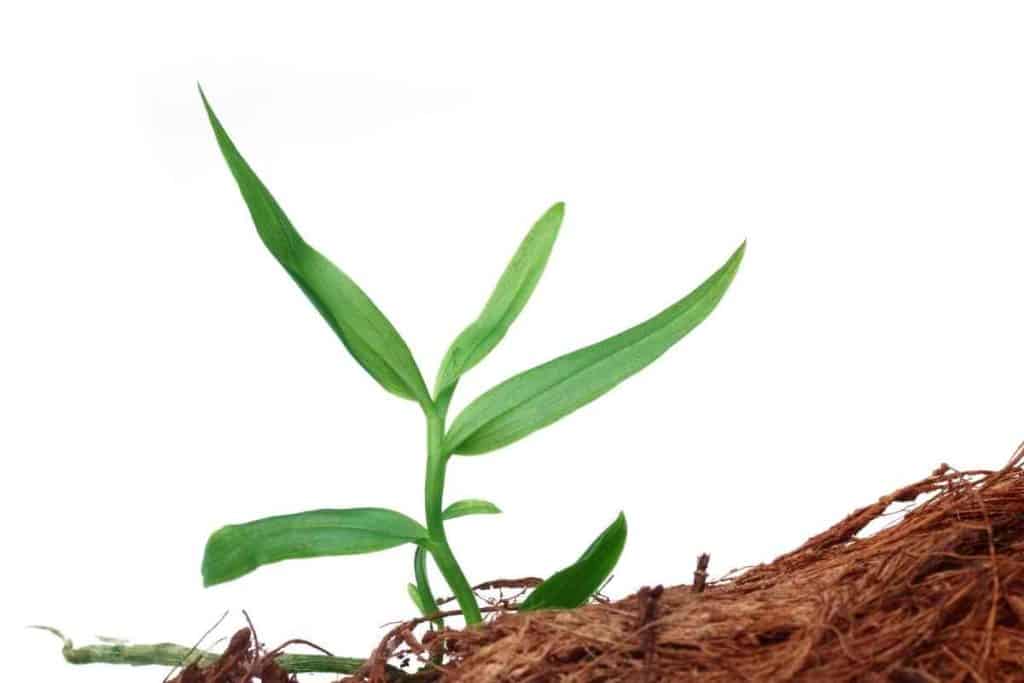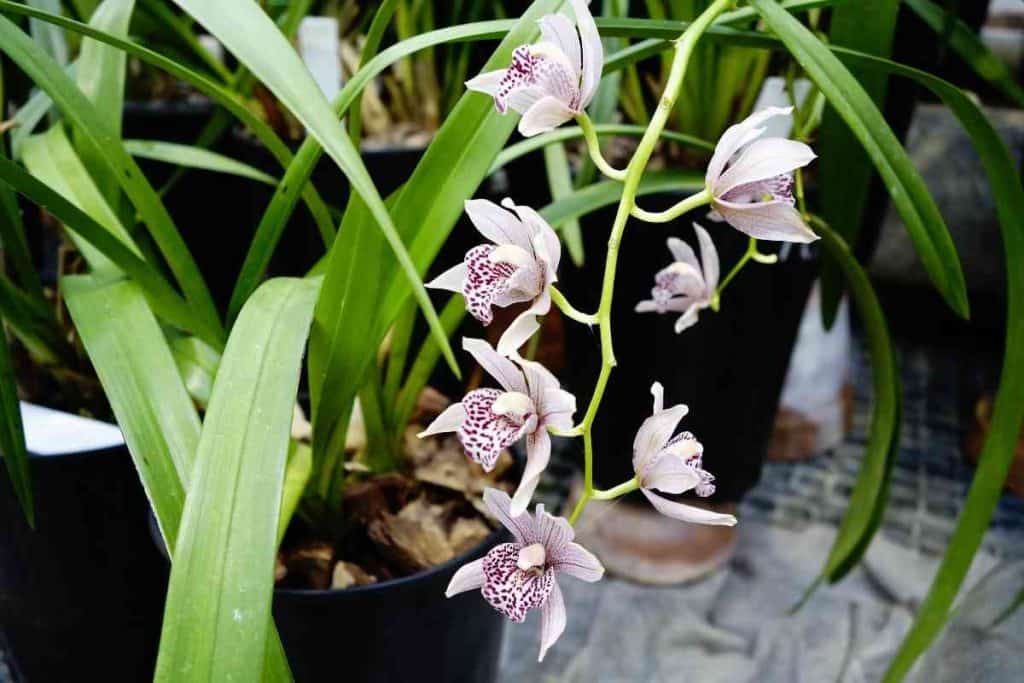Orchids are faced with issues like, flowers falling off, orchid leaves turning yellow, flowers wilting, dark spotting on leaves, and so on. All these mentioned above are signs that your orchid plant is dying.
But the pertinent question should be, why is my orchid dying? Determining why your orchid is dying will go a long way in saving your plant. The number one reason why your orchid is dying should probably be because it is overwatered or underwatered.
Read on as we explore major reasons why your orchid plant is dying and how to save it.
Table of Contents
Why Is My Orchid Dying?

Below, we will highlight major reasons why your once beautiful orchid plant is dying:
1. Lack of Fresh Air
Orchid roots can perish due to a lack of oxygen as water evaporates faster when there isn't enough airflow inside the potting mix.
Dry air, on the other hand, can destroy the roots. Orchids prefer to get their moisture from the air. The roots of orchids might wilt if they are exposed to dry air regularly.
Read Also: Why Are My Orchid Flowers Falling Off?
2. Lack of Humidity
Orchids are a tropical forest plant that thrives under high humidity levels. To collect water from the air, these plants develop a large number of aerial roots.
Orchids require more than 65% humidity in their environment. Orchid leaves and roots shrivel when the ambient humidity is too low.
3. Too Much Heat and Light
Light and heat are inextricably linked, and they may be a key factor in orchid death. High temperatures are caused by too much sunshine.
These plants thrive under the shade of even larger trees in their natural habitat. As a result, they continue to develop in the partial shade.
When orchids receive a lot of light, the heat inside the leaf begins to build up which results in a damaged orchid foliage tissue.
4. Lack of Sunlight
Orchids are endemic to tropical rainforests, where they thrive under the shade of even larger trees. However, this does not always imply that they prefer to be in the shadow.
When the plant is exposed to darker conditions, its growth slows, and it produces fewer flowers. When growing orchids indoors, this can be a problem. As a result, for orchids to thrive, you must give bright light.
Read Also: Outdoor Plants That Grow Without Sunlight
5. Too Much Fertilizer
As a new, overzealous gardener, you might end up applying too much fertilizer on your orchid plant leading to its death.
Excessive fertilization can dry the root, which can lead to orchid death. The most common signs of excessive fertilizer use are black root tips or dark brown leaf tips.
So, use fertilizer only while the plant is actively growing and the planting mix is damp. Also, don't use more than the recommended dosage.
6. Insects/Pests
This is probably the fastest way your orchid plant ends up dying. And this is exactly why you need to inspect your plant regularly.
Early detection of pest infestations is critical as you may be able to save your orchids from dying. If it becomes evident that bugs, such as scales or mealy insects, has completely covered the orchid, it must be removed.
7. Overwatering and Underwatering
This should probably go hand in hand. Excessive watering and underwatering are both known to be major killers of orchids.
As a result of the lack of water, orchid roots wrinkle, and orchid plants die due to dehydration.
How To Save a Dying Orchid Plant

Before you can swoop in to save your dying orchid, you need to, first of all, determine why your orchids are dying. Once that is determined, you will then know the course of action to take.
1. For overwatered orchids, you need to water them at least once a week on average. Root rot is caused by overwatering.
2. If your orchid is dying because it is planted in bad soil that retains too much moisture around the plant's root, it is your cue to change the soil into a well-draining one. Aerated potting materials like pine bark should be suitable for this.
3. Sometimes, your orchid is dying because it is underwatered. In such a case, orchid roots shrivel, and the leaves turn yellow with a wilted appearance. To revive your plant, water thoroughly once every seven days.
4. If your orchid is dying as a result of insufficient humidity is which usually results in shrunk roots, then you will have to remedy that immediately. Orchids are tropical plants that require at least 65 percent humidity.
5. Sometimes, your orchid plant is dying as a result of too much sunlight. Scorched yellow/brown foliage arises from too much direct sunshine. Orchids require filtered light or partial sun.
6. when the temperature is too hot or too cold, your orchid will die. Orchids thrive in temperatures between 55°F (12°C) and 75°F (23°C).
7. Too Much Fertilizer Can Burn Orchid Roots: Orchids require a specialist fertilizer to avoid root burn since standard houseplant fertilizer is too strong for them.
Read Also: Does A Plant Grow Better in Direct or Indirect Sunlight?




